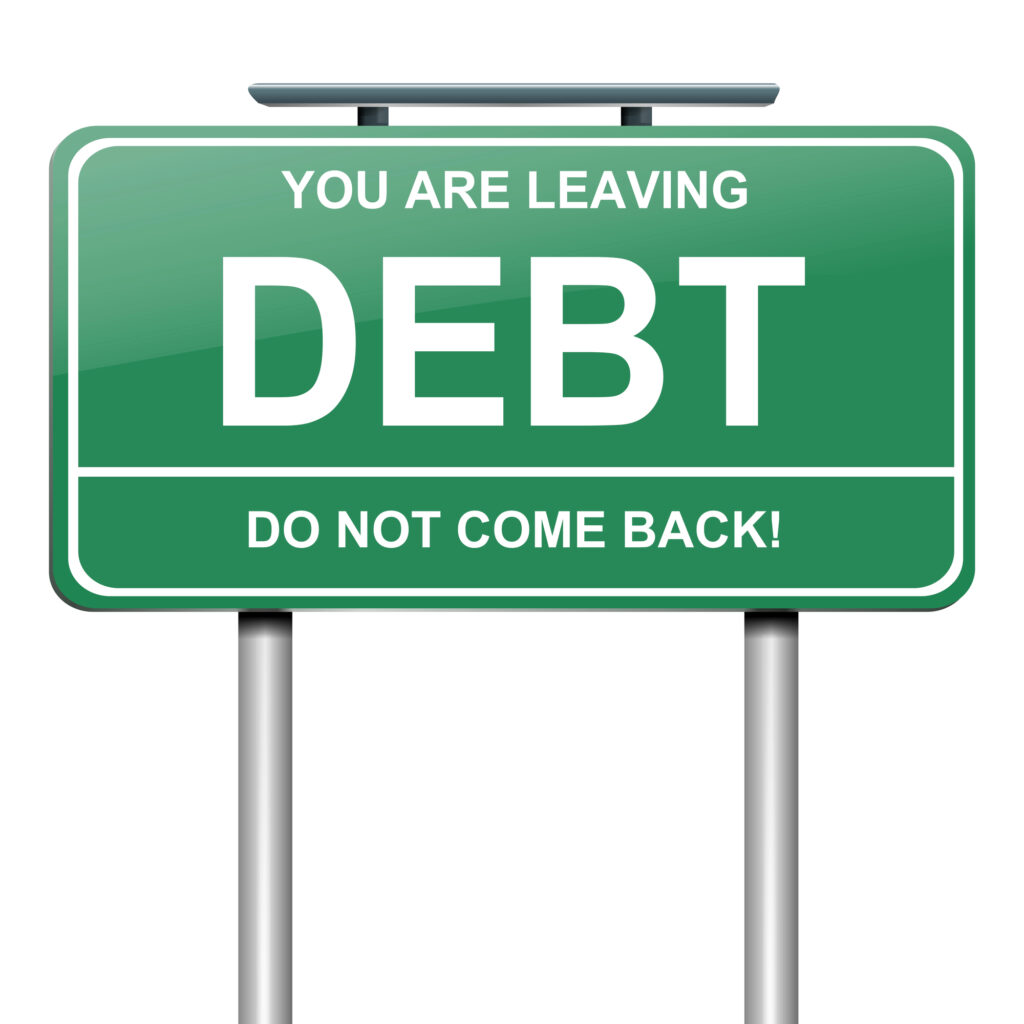
A simple, stress-free plan to eliminate high-interest balances—and retire with peace of mind.
Credit card debt is one of the most dangerous burdens to carry into retirement. With interest rates often above 20%, even a modest balance can snowball quickly and drain your hard-earned savings.
The good news? You can pay it off faster than you think—with the right plan.
In this post, you’ll learn a step-by-step approach to eliminate credit card debt before retirement, so you can enjoy your golden years without financial stress.
✅ Why It’s So Important to Be Debt-Free in Retirement
Unlike working years, retirement income is limited. You may be living off Social Security, pensions, or savings—and credit card payments can eat into your monthly cash flow and make it harder to cover essentials.
Carrying credit card debt in retirement:
- Increases financial anxiety
- Delays or reduces your ability to travel or help family
- Forces you to withdraw more from retirement savings (and pay taxes on those withdrawals)
- Compounds interest quickly if you can’t pay in full
Bottom line: The less debt you have, the more freedom you’ll have in retirement.
✅ Step-by-Step Plan to Crush Credit Card Debt
🔹 Step 1: List Every Balance and Interest Rate
Write down each card, balance owed, minimum payment, and APR (interest rate). This gives you a full snapshot of what you owe—and which debts are costing you the most.
✅ Tip: Prioritize cards with interest rates above 15%—these are the most toxic.
🔹 Step 2: Choose Your Payoff Strategy
There are two proven methods:
- Avalanche Method: Pay off the card with the highest interest rate first, while making minimum payments on others. This saves the most in interest.
- Snowball Method: Pay off the card with the smallest balance first, then move to the next smallest. This gives a motivational boost as you see quick wins.
Choose the method that works for your personality and budget.
🔹 Step 3: Stop Adding to the Balance
This may sound obvious—but you can’t pay off your cards if you’re still charging them. Use debit or cash during your payoff period. Build an emergency fund of $500–$1,000 so you’re not forced to rely on credit.
🔹 Step 4: Cut Interest With a Balance Transfer or Lower Rate
Call your credit card issuer and ask for a lower interest rate—many will offer it if you’ve been a good customer.
You can also:
- Transfer high-interest debt to a 0% balance transfer card (check fees first)
- Refinance with a low-interest personal loan from a credit union or bank
🔹 Step 5: Create a Simple Budget and Free Up Cash
You don’t need to track every penny, but you do need a plan. Look for “easy wins” like:
- Canceling unused subscriptions
- Reducing restaurant or delivery spending
- Selling items you no longer need
Apply all freed-up cash to your target debt each month.
🔹 Step 6: Celebrate Progress—and Keep Going
Every $1,000 you eliminate is $1,000 you won’t be paying interest on in retirement. Set milestones, track progress monthly, and remember: This is temporary—but retirement is forever.
🧓 Real-Life Example: Joe’s Journey to Debt Freedom
Joe, a 62-year-old factory worker, had $18,000 in credit card debt spread across five cards. He was preparing to retire at 65 but didn’t want to carry that debt into retirement.
He used the avalanche method, combined with a side hustle walking dogs and selling unused tools on Facebook Marketplace. In just 24 months, he paid off all his credit card balances.
Now debt-free, Joe says, “I feel 20 pounds lighter. I can actually enjoy my retirement knowing I don’t owe anyone a thing.”
✅ The Bottom Line
Credit card debt doesn’t have to follow you into retirement. With a focused plan, a few lifestyle changes, and a commitment to becoming debt-free, you can take control of your finances and reclaim your peace of mind.
The earlier you start, the better. But it’s never too late to make progress.
📘 This post is adapted from my book:
Debt-Free Retirement: Six Steps to a Debt-Free Retirement,
Available now on Amazon.com in paperback and eBook formats.
Inside, you’ll learn how to eliminate debt, reduce spending stress, and retire with the freedom you deserve.
⚠️ Disclaimer
This content is for informational and educational purposes only. It does not constitute financial or legal advice. Always consult a certified financial advisor or credit counselor before making major financial decisions. The author is not a licensed financial professional and does not provide personalized financial advice.